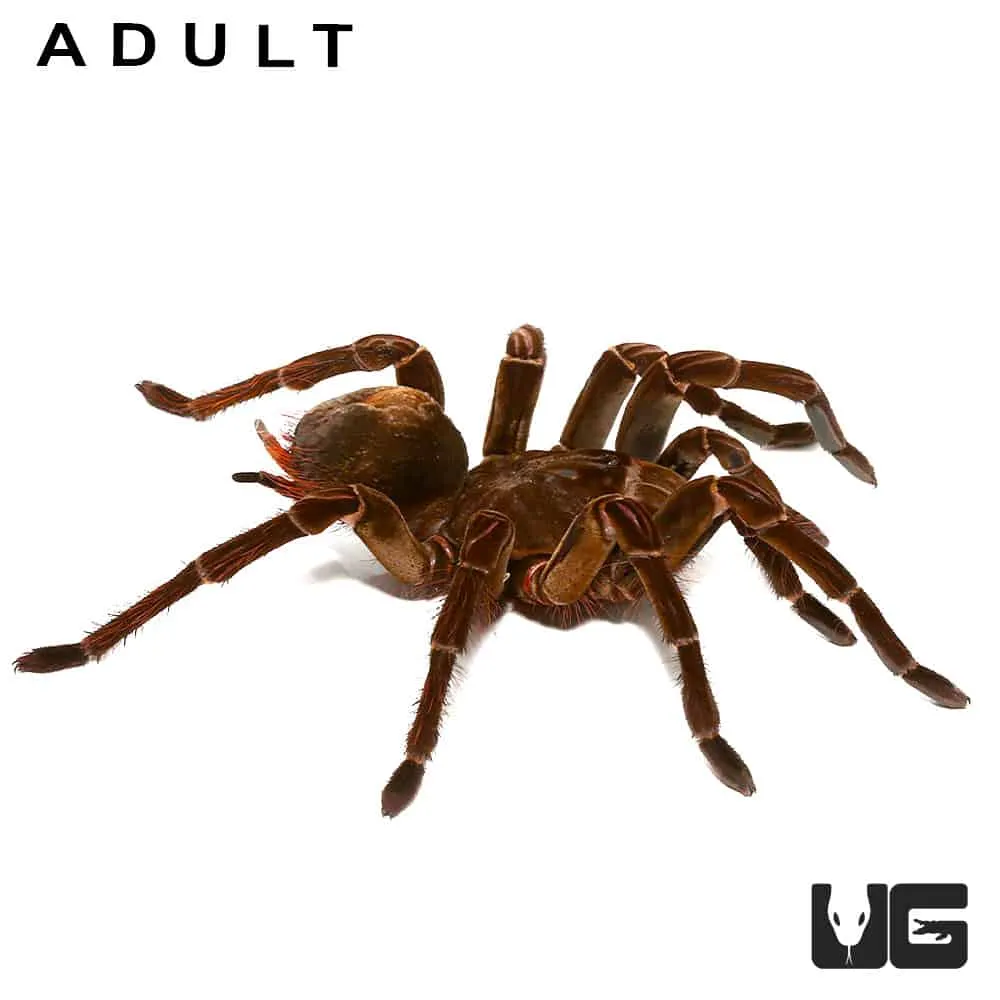What is a Goliath Birdeater Tarantula
The Goliath Birdeater (Theraphosa blondi) is the world’s largest tarantula, a truly impressive arachnid that captures the imagination of both hobbyists and those who are simply curious about the natural world. Native to the rainforests of South America, this giant spider is a fascinating creature with unique characteristics. While the name might suggest a diet of birds, these tarantulas are opportunistic hunters that feed on a variety of prey. Their size and imposing appearance make them a captivating subject of study, and their care as pets requires careful consideration and knowledge of their specific needs. This article aims to provide key facts and insights into this remarkable species.
Appearance and Size
The Goliath Birdeater is a sight to behold, with females often reaching a leg span of up to 12 inches, and weighing over 6 ounces. Their bodies are covered in coarse, reddish-brown hairs that provide camouflage and sensory information. The chelicerae, or fangs, are quite large and are used for injecting venom to subdue prey. Their sheer size sets them apart from other tarantula species, making them a true marvel of the spider world. The massive size is not the only distinctive feature, the Goliath Birdeater possesses other unique anatomical characteristics.
Habitat and Origin
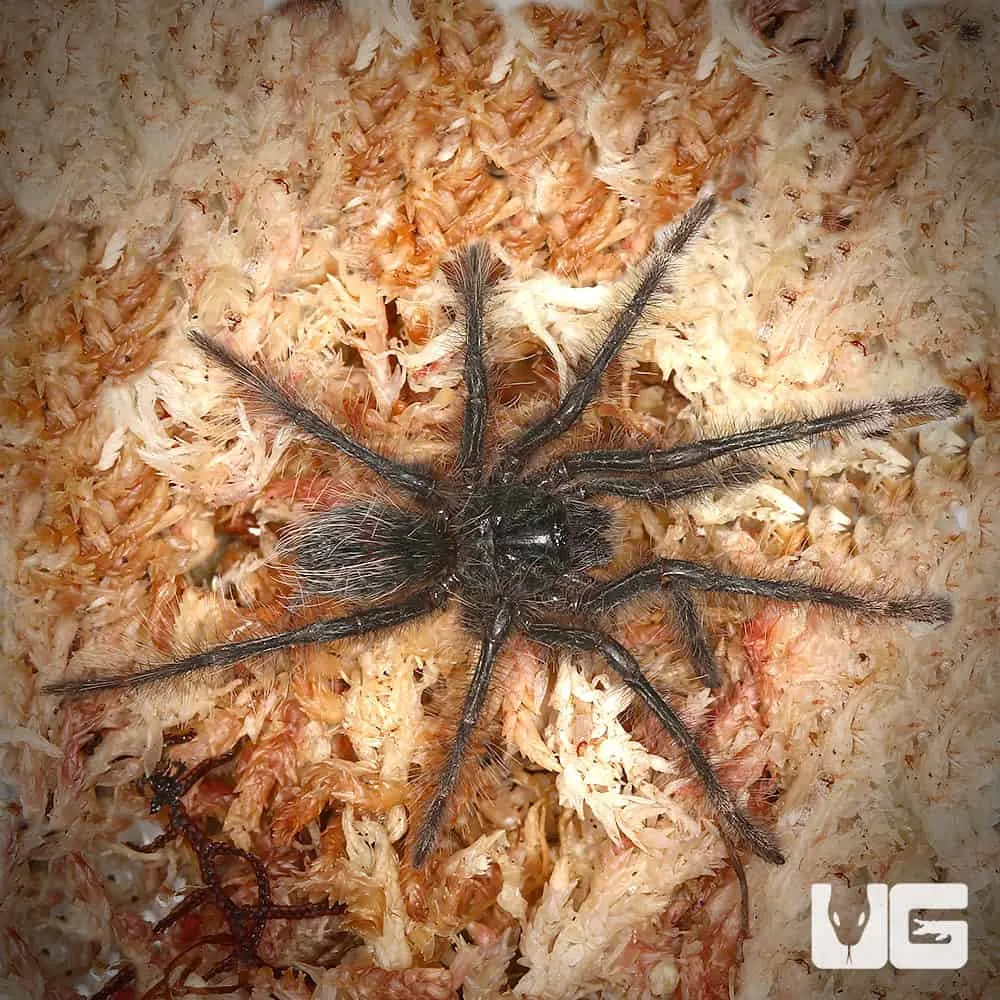
These impressive spiders are native to the rainforests of northern South America, primarily found in countries like Brazil, Venezuela, Guyana, Suriname, and French Guiana. They inhabit burrows in the ground, often near swamps or marshy areas, where the humidity is high. The dense foliage and humid conditions of the rainforest provide an ideal environment for these tarantulas to thrive. Understanding their natural habitat is crucial for providing appropriate care in a captive environment, helping ensure they live a healthy and comfortable life.
Common Myths About Goliath Birdeaters
There are many myths surrounding the Goliath Birdeater, often fueled by their large size and intimidating appearance. One common misconception is that they are aggressive and constantly pose a threat to humans. In reality, they are generally docile and prefer to avoid confrontation. Another myth is that their venom is deadly to humans. While their bite can be painful and cause localized symptoms, it is not typically life-threatening. It’s important to separate fact from fiction and approach these spiders with respect and understanding.
Behavior and Temperament
Goliath Birdeaters are generally calm tarantulas, but they can be defensive if provoked. They are not typically aggressive, and their first line of defense is usually to flick urticating hairs from their abdomen towards a perceived threat. This can cause skin irritation and discomfort. They are primarily nocturnal hunters, spending most of the day in their burrows. Understanding their behavior and temperament is key to interacting with them safely and providing a suitable environment to thrive.
Diet and Feeding Habits
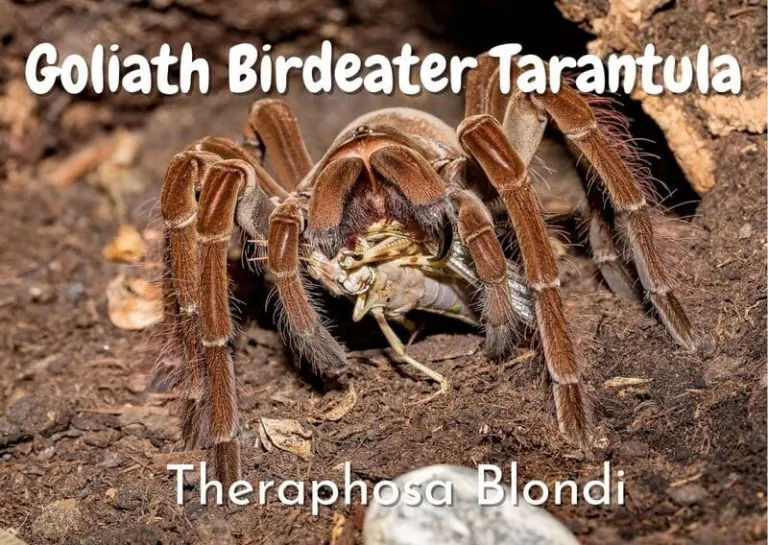
As opportunistic predators, Goliath Birdeaters will eat a wide variety of prey. In the wild, their diet consists of insects, worms, and even small vertebrates. They ambush their prey, injecting venom to subdue them before consuming them. Their powerful fangs allow them to crush and consume their meals. Providing a varied diet is crucial to ensure they get the necessary nutrients and stay healthy. The ability to hunt also is a display of their abilities.
What to Feed Goliath Birdeater
In captivity, a Goliath Birdeater can be fed a diet of insects such as crickets, mealworms, and roaches. It’s important to offer a variety of insects to provide a balanced diet. Occasional treats like small pieces of pre-killed mice can be offered as well. The size of the prey should be appropriate for the tarantula’s size, generally no larger than the spider’s body.
How Often to Feed Goliath Birdeater
The frequency of feeding depends on the tarantula’s age and size. Young tarantulas may need to be fed several times a week, while adults can be fed once or twice a week. It’s important to monitor the tarantula’s abdomen; if it appears plump and rounded, it is well-fed. Remove any uneaten food within 24 hours to prevent mold growth.
Lifespan and Growth
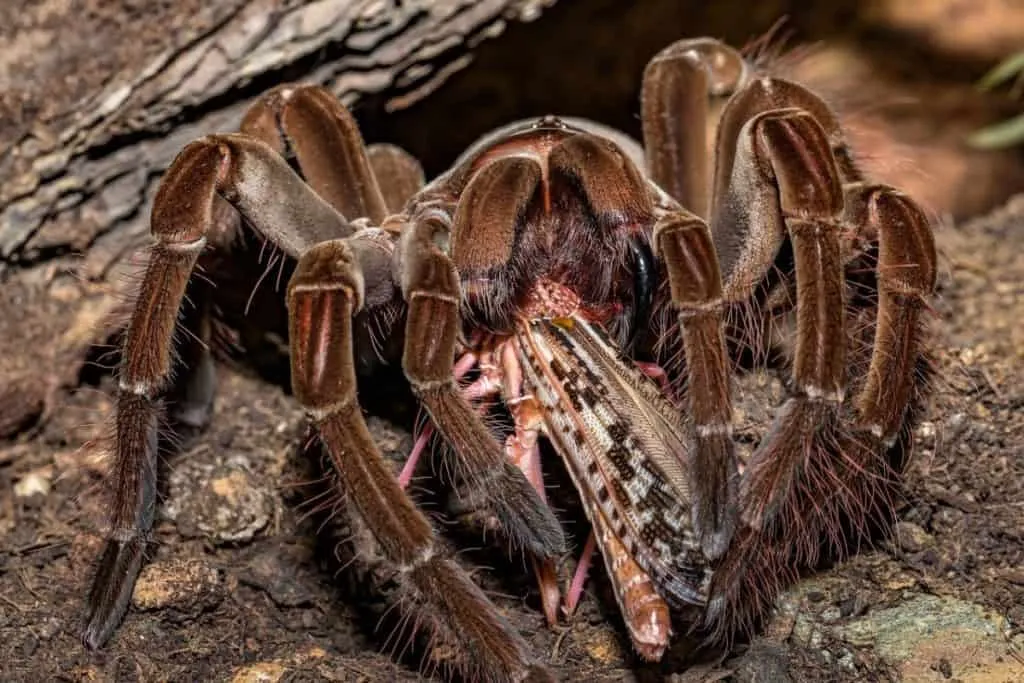
Goliath Birdeaters have a relatively long lifespan, with females living for 15-25 years, and males typically living for 3-6 years. They grow throughout their lives, molting their exoskeleton as they increase in size. Molting is a vulnerable time for tarantulas. During this process, they shed their old exoskeleton to reveal a new, larger one. Providing a stable and secure environment during this time is critical for their survival and healthy development. The molting cycle can be an incredible event to witness.
Interesting Facts About Goliath Birdeaters
Beyond the basic facts, the Goliath Birdeater holds a number of impressive characteristics. They have a unique way of defending themselves known as stridulation, which is a hissing sound created by rubbing their legs together. This serves as a warning to potential predators. Their fangs, while not used to inject a lethal dose of venom, are still a considerable size. They also possess urticating hairs, which are barbed hairs that they can flick off their abdomen, causing irritation to the skin or eyes of a threat. The Goliath Birdeater’s ability to eat small vertebrates like mice and lizards also makes it a fascinating animal.
Venom and Danger
While Goliath Birdeaters are venomous, their venom is not considered lethal to humans. A bite can cause localized pain, redness, and swelling. However, it’s crucial to remember that individual reactions can vary. Those with allergies or sensitivities may experience more severe symptoms. Seeking medical attention is always recommended if bitten, especially if symptoms worsen. The danger associated with these spiders is often overstated, the venom is not a serious threat, but its large size is still something to be aware of.
Defensive Mechanisms
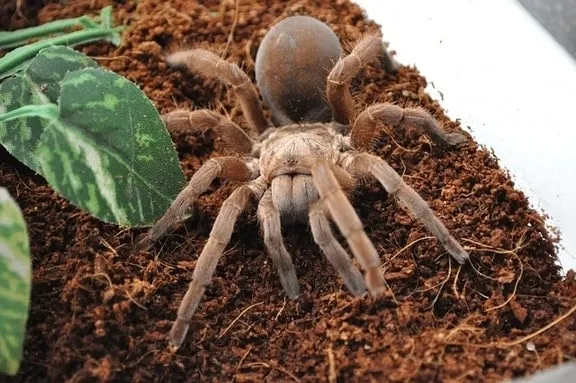
Goliath Birdeaters have several defensive mechanisms. The most common is the flicking of urticating hairs from their abdomen. They also possess stridulation, which produces a hissing sound to deter potential threats. They will also raise their front legs to show off their fangs. Their primary defense, however, is flight. They often prefer to retreat to their burrows rather than engage in a fight, avoiding conflict whenever possible. Their size can also be a deterrent to many potential predators.
Goliath Birdeaters as Pets
Keeping a Goliath Birdeater as a pet can be a rewarding experience for those with experience and dedication. Due to their size and specific needs, they are not suitable for novice keepers. Understanding their requirements and providing a proper environment is essential for their well-being. The experience offers a unique opportunity to observe the behavior and life cycle of this incredible species. With proper care, Goliath Birdeaters can be fascinating and relatively low-maintenance pets.
Housing Requirements
Providing the right habitat is crucial for a Goliath Birdeater’s health. A large, secure enclosure is needed, with dimensions appropriate for their size. The enclosure should have a secure lid to prevent escape. They need adequate space to burrow and move around. The enclosure size should increase as the spider grows. Avoid glass enclosures, as these may not provide sufficient ventilation. Provide the right environment, and the Goliath Birdeater will thrive.
Temperature and Humidity
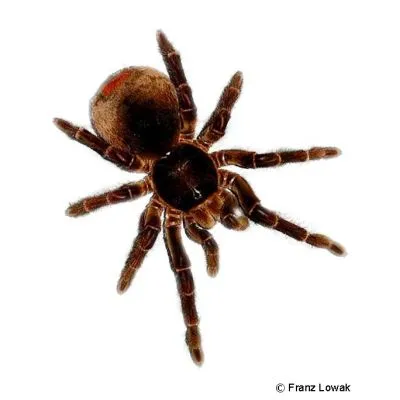
Goliath Birdeaters thrive in warm and humid environments. The ideal temperature range is between 75-85°F (24-29°C). Humidity levels should be maintained between 75-85%. This can be achieved by misting the enclosure regularly with dechlorinated water and providing a water dish. A hygrometer is useful for monitoring humidity levels, ensuring the environment is right for the tarantula to thrive.
Substrate and Decorations
The substrate is the material used to line the bottom of the enclosure. A good substrate for a Goliath Birdeater is a mixture of coconut fiber, peat moss, and a bit of vermiculite. This combination helps retain moisture and allows the tarantula to burrow. Provide a hide, such as a piece of cork bark or a hollow log, for the tarantula to retreat to. Avoid sharp decorations that could injure the spider. Create a natural environment for your Goliath Birdeater to feel safe and secure.
Feeding Your Goliath Birdeater
Feeding your Goliath Birdeater is a straightforward process. Use long tongs to offer appropriately sized insects to the tarantula. Remove any uneaten food within 24 hours. Provide a shallow water dish with fresh water at all times. Be mindful of the spider’s molting cycle and avoid disturbing it during this vulnerable time. A well-fed Goliath Birdeater will be active and healthy.
Handling and Safety
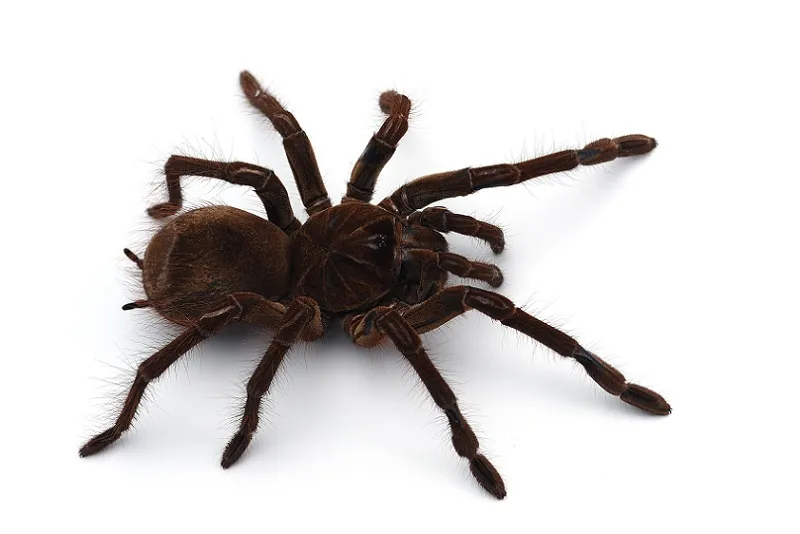
Handling a Goliath Birdeater is generally not recommended unless necessary, like for cage maintenance. If you must handle the tarantula, do so gently and carefully. Always supervise children around the tarantula. Wash your hands thoroughly after handling the spider or any items from its enclosure. Be aware of the urticating hairs and avoid contact with them. Approach the tarantula with respect and understanding to ensure a safe and positive experience.
Conclusion
The Goliath Birdeater is a remarkable species, captivating in both size and behavior. While keeping one as a pet can be rewarding, it requires careful planning and dedication. By understanding their needs, providing a suitable environment, and handling them with respect, you can enjoy the unique experience of owning this impressive arachnid. Always prioritize the well-being of your pet tarantula and appreciate the wonder of the natural world.
